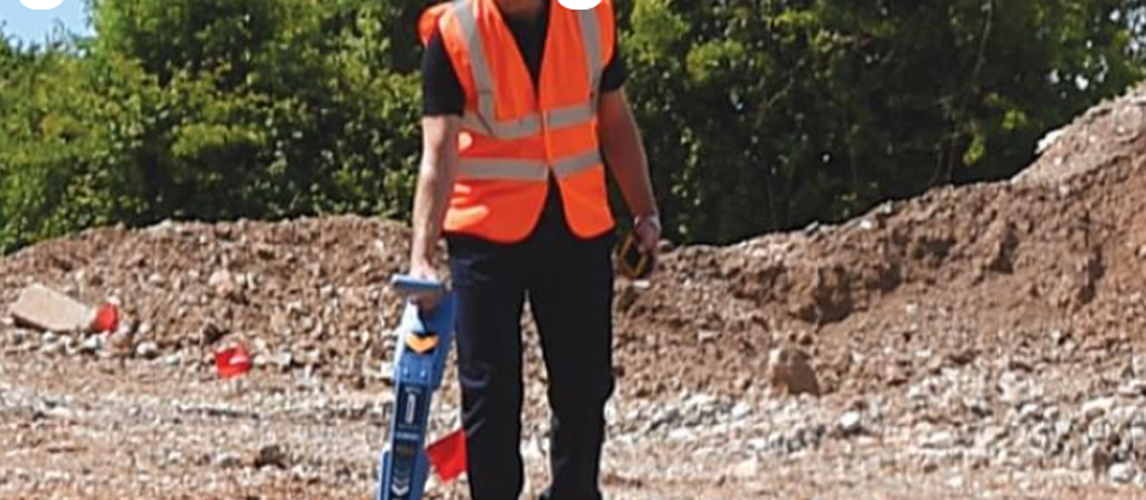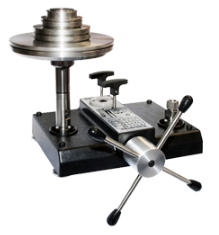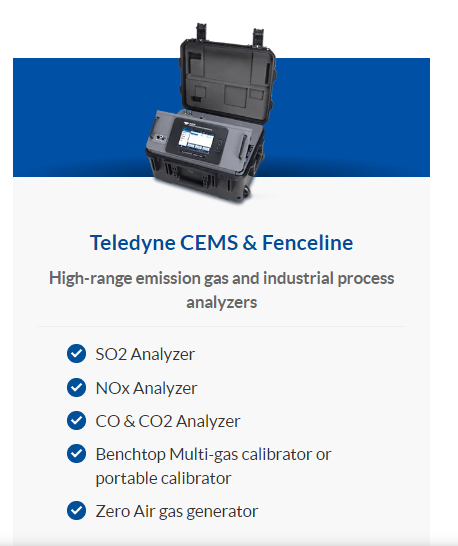
Calibration
& Service of CAT & Genny Pipe & Cable Locators
• Cable avoidance and detection tools use signals to scan the ground for underground pipes or cables.
• Cable locators or ground penetrating radars are used to pinpoint the location of utilities underground.
• CATs, also known as Utility Locators, Cable Locators, or Gennies, detect magnetic power fields, buried loaded power cables, and VLF radio signals.
• Calibration services are available for leading brands like SPX Radiodetection CAT2, CAT3 & CAT 4, Cscope cable avoidance testers, Ezicat, Ezitrace, Amprobe CATs, and others.
• Full diagnostics on CAT and Genny are performed, and equipment can be fully repaired and restored with your approval.
• Calibration houses offer lightning-fast service, competitive prices, and an expanding fleet of equipment.
Cable and Pipe Location
• Electromagnetic induction has been used since the early 19th century to find underground cables.
• Today, pipe locators and electromagnetic cables are accurate, dependable, and portable.
• Understanding the fundamentals of electromagnetic detection can increase user confidence in cable and pipe location.
• Digging holes in the ground is essential for construction and maintenance of buried utilities.
• Damage to underground utilities is dangerous, costly, and can negatively impact a company's reputation.
• Excavation safety is a fundamental skill for utility companies, contractors, and the construction industry.
Exploration Damage Causes and Solutions
• Damage can occur due to lack of detection tools, inferior tools, insufficient or ununderstood working practices, and inaccurate on-the-job behaviors.
• Detection tools are crucial for excavation, with two approaches: avoidance and precision locate. Radiodetection's C.A.T and Genny tools are simple but powerful tools for avoidance and the 8100 locator series for precision location.
• The best available technology is used to detect buried services, with modern features like high accuracy, sensitivity, protection against interference, selectable signals, and warnings for incorrect use patterns.
• Good working practices and training are essential for safe excavation and underground location, with training available in various forms, including vendor-delivered, in-house, or externally provided.
• On-site behaviours need to be changed if tools are used correctly and procedures are followed. Radiodetection's locators record key locator parameters and store logs in on-board memory.
• The data logged can be used to check if locators were used correctly and assess compliance to procedure.
• Radiodetection is rolling out C.A.T Manager Online, an online logging and analysis product, to help customers monitor their teams' use of locators and address any weaknesses.
We offer calibration on the following underground cable
locators, and a lot more:
Types of CAT & Genny Equipment,
CAT & Genny,
Cable Avoidance Tool,
SPX,
Radiodetection
CAT2, CAT3, CAT4,
Radiodetection SPX CAT & Genny range C.A.T & Genny
1, 2 ,3, CAT 4, eCAT4,
Tomkat,
Radiodetection RD400 / RD4000 Series,
Radiodetection RD7000 / RD8000 Series,
Radiodetection RD7100, RD8100 Series,
Leica Ezicat,
Seba Easyloc,
Vivax vScan, vLoc,
C.Scope Cable Avoidance Tools CXL, DXL, MXL
RADIODETECTION PRODUCTS
CABLE AND PIPE LOCATORS RD7200®,
CABLE AVOIDANCE TOOLS C.A.T4® & GENNY4®,
CABLE, PIPE AND RF MARKER LOCATOR RD8100®,
CABLE, PIPE AND RF MARKER LOCATOR RD7100®,
PIPELINE CURRENT MAPPER SYSTEM PCMX™,
NETWORK ANALYSIS TOOLS 6100 SERIES,
TIME DOMAIN REFLECTOMETER LEXXI™ T1660,
GROUND PENETRATING RADAR RD LMX100™ & RD LMX200™,
PORTABLE VIDEO INSPECTION SYSTEM FLEXIPROBE™ P540C,
MODULAR CRAWLER SYSTEM FLEXITRAX™ P550C,
CABLE AND PIPE LOCATORS RD8200®,
Fluke 2042 Cable locator,




